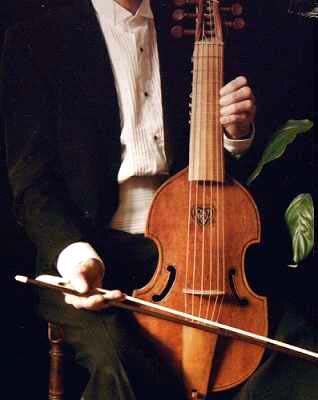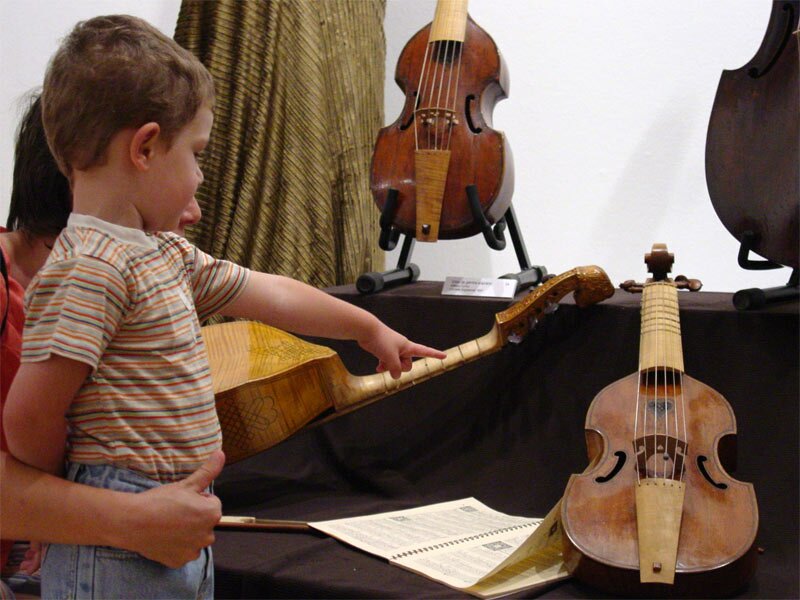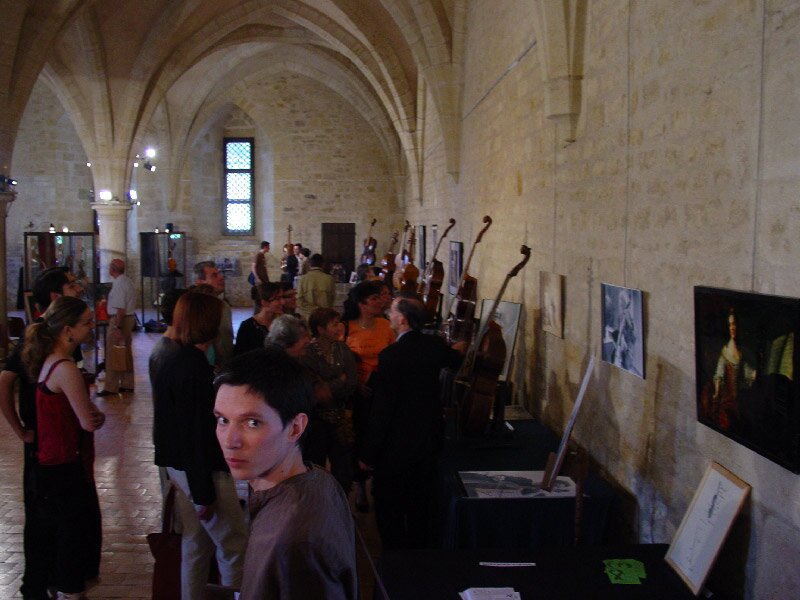THE LIVING MUSEUM - PERMANENT RESIDENCE
What we wish to accomplish:
A. Establish a permanent residence for the collection and its musical and pedagogical activities with its own early music festival using the instruments of the collection. We are convinced that there is a great potential and a significant interest in this museum, since ours is the only collection in the world where all of the instruments are restored to playing condition and placed in the service of music.
B. Demonstrate unequivocally the significance of a viable, active and dynamic cultural entity, with its obvious potential for tourism, education and the cultural enrichment of its citizens.
C. Make accessible in a systematic manner this cultural heritage to the educational system: schools, universities, conservatories of the home country, in order to promote interest in this heritage among the young.
The establishment of a permanent residence for the collection of historical musical instruments, beyond the very evident point of reference which it represents for a city, a region, a province or even a country, does not geographically limit the field of action of this collection. One should bear in mind that this patrimony belongs, at least in principle, to the whole of Western Culture and, by consequence, to all non-western cultures which historically and in our times share these affinities. Therefore it is not just desirable, but rather of great importance that the cultural activities which this center generates, should carry the aesthetic values and the cultural patrimony to other regions of the world.
for the study and interpretation of Renaissance, Baroque and Classical music, organology, restoration and related disciplines, which would allow us to extend the programme throughout the world, thus helping to disseminate the knowledge obtained through the work with these instruments.





